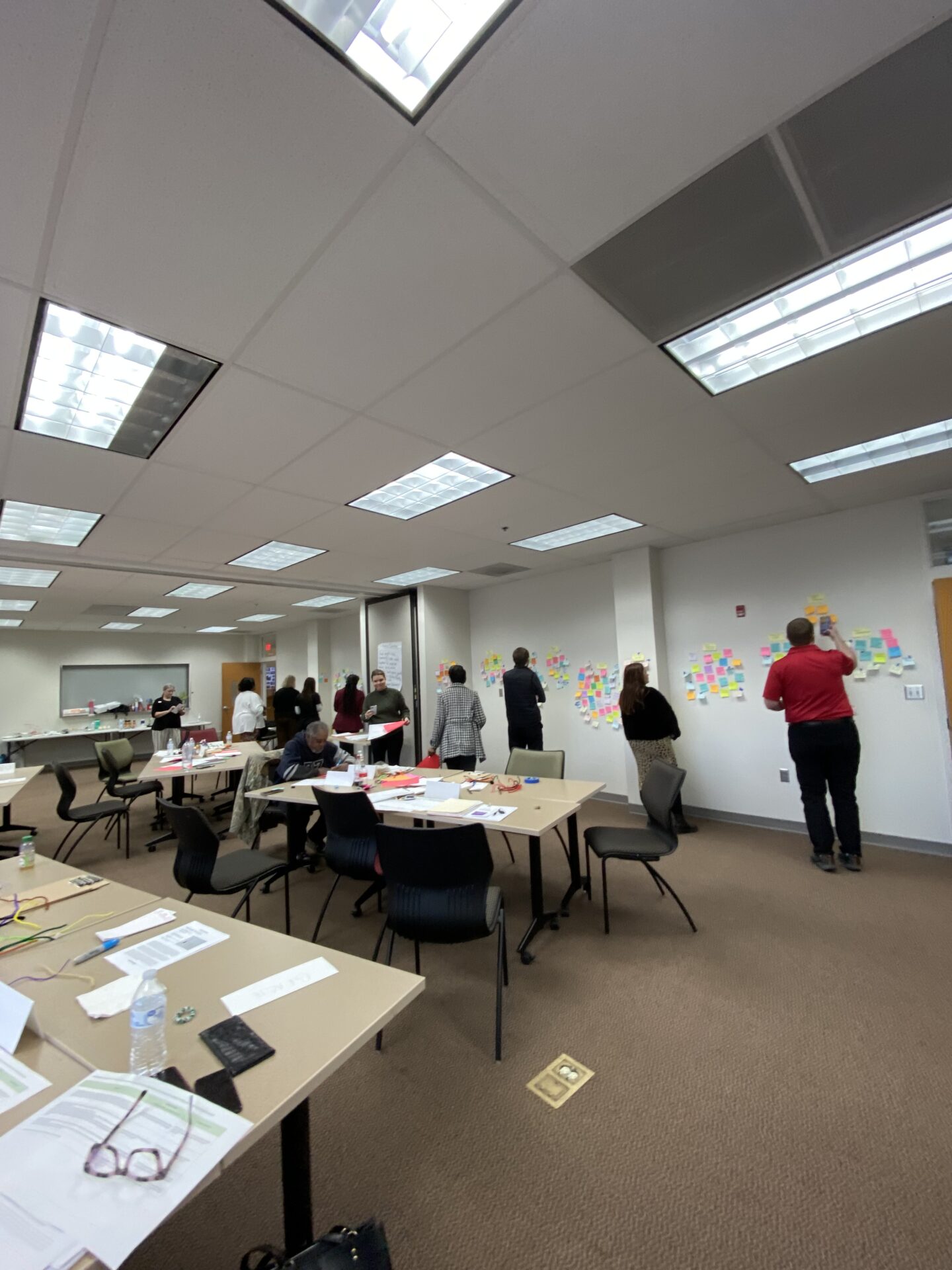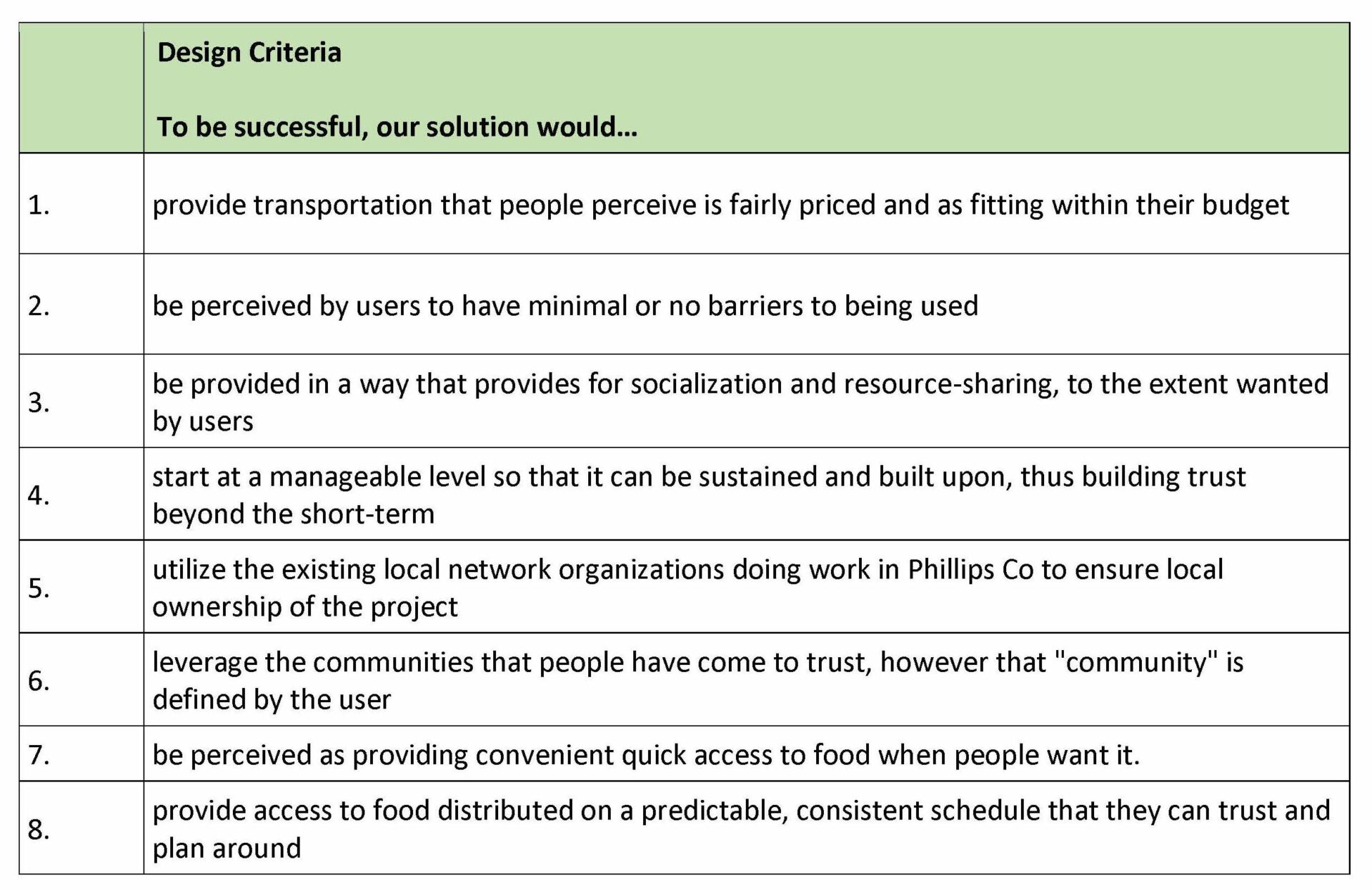Florida transit pilot connecting riders with healthy food
- Author: Laurel Schwartz
- Date: January 2, 2024
Hillsborough County, FL is making fresh and healthy food more accessible to residents in East Tampa. Following a successful pilot, the program is now a regular public service.



